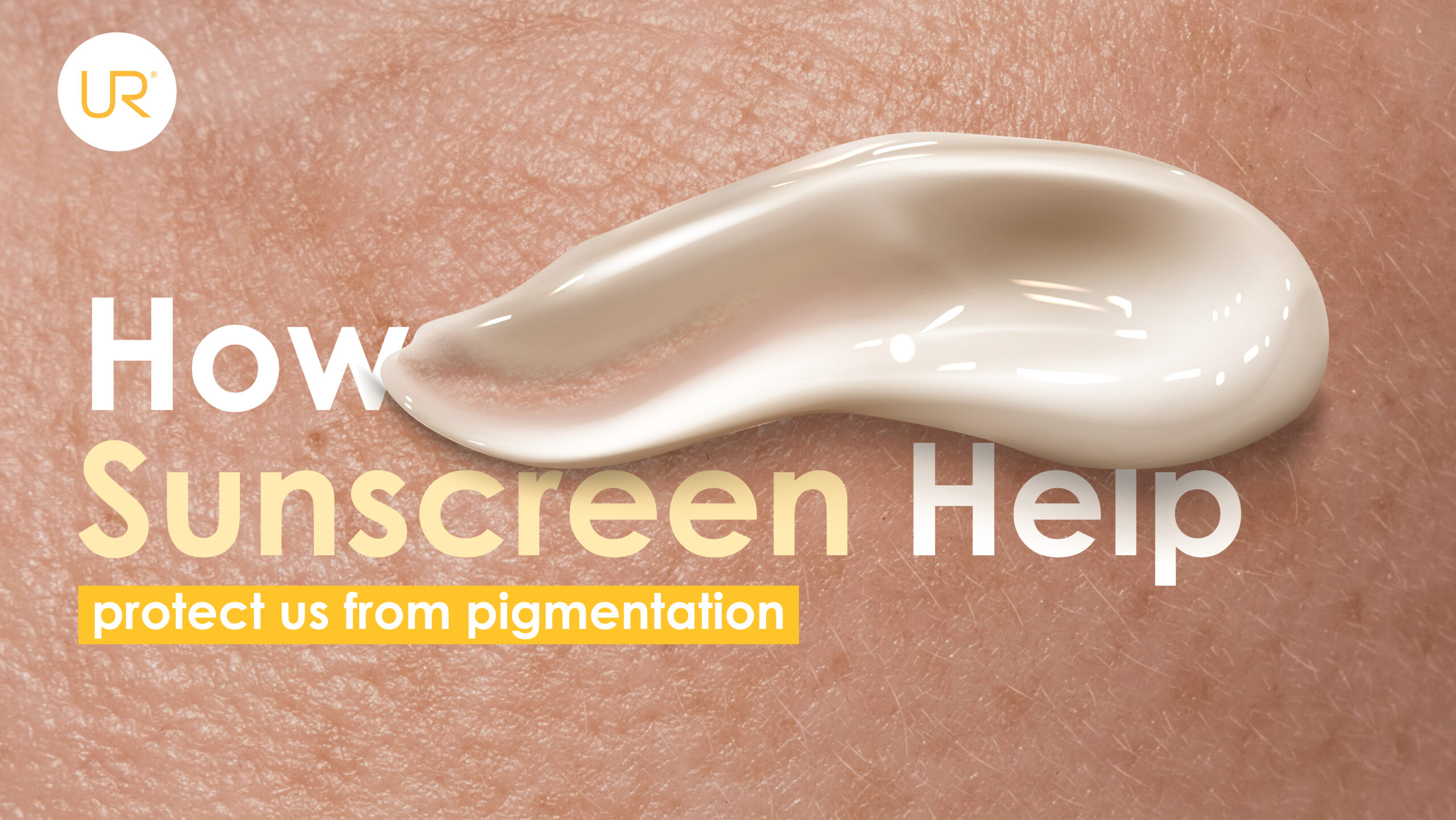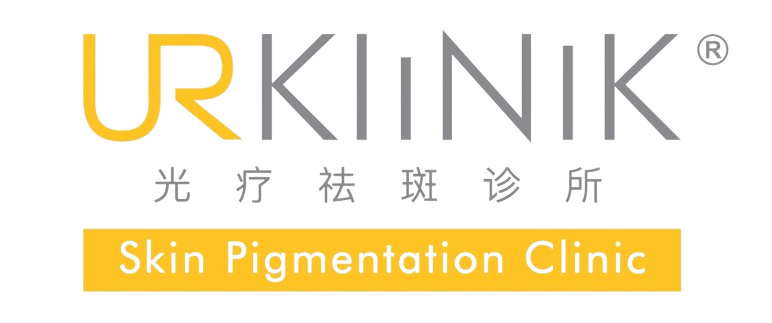
13 Jun The Power of Sunscreen: How It Protects Us from Pigmentation in Malaysia
Exposure to the sun’s harmful ultraviolet (UV) rays is a significant contributing factor to various skin concerns, including pigmentation. While a sun-kissed glow may seem desirable, prolonged sun exposure without proper protection can lead to uneven skin tone, dark spots, and other forms of pigmentation. Fortunately, sunscreen acts as a powerful shield against these damaging effects. In this article, we will explore how sunscreen protects us from pigmentation and why it is an essential component of a healthy skincare routine.
Understanding the Link Between Sun Exposure and Pigmentation
Melanin, the pigment responsible for the color of our skin, is produced in response to sun exposure. When our skin is exposed to UV radiation, it triggers the production of melanin as a defense mechanism. This increased melanin production can lead to a tan, but it can also result in an uneven distribution of pigment, leading to pigmentation issues such as dark spots, freckles, and melasma.
The Role of Sunscreen in Preventing Pigmentation
Sunscreen acts as a protective barrier between the skin and the sun’s harmful UV rays. It contains active ingredients that work to absorb, scatter, or reflect UV radiation, preventing it from penetrating the skin and causing damage. There are two primary types of UV radiation that sunscreen protects against:
- UVA Rays: These rays are responsible for premature aging of the skin, including pigmentation. UVA rays can penetrate deep into the skin and contribute to the development of dark spots and uneven skin tone. Sunscreen with broad-spectrum protection helps block these UVA rays.
- UVB Rays: UVB rays are the primary cause of sunburn and play a role in the development of pigmentation issues. They primarily affect the outer layer of the skin. Sunscreens with a higher sun protection factor (SPF) provide protection against UVB rays.
Choosing and Using Sunscreen Effectively
To ensure optimal protection against pigmentation, it’s essential to choose the right sunscreen and use it correctly. Here are some key points to consider:
- Broad-Spectrum Protection: Look for sunscreens labeled as “broad-spectrum,” as they provide protection against both UVA and UVB rays.
- SPF Level: Select a sunscreen with an SPF of 30 or higher. SPF indicates the level of protection against UVB rays. However, keep in mind that SPF alone does not measure protection against UVA rays, so broad-spectrum coverage is crucial.
- Application and Reapplication: Apply sunscreen generously to all exposed areas of the skin at least 15 minutes before sun exposure. Don’t forget often overlooked areas like the ears, neck, and back of the hands. Reapply every two hours or more frequently if you are swimming or sweating.
- Sun Protection Habits: Remember that sunscreen is just one part of sun protection. Combine it with other sun-safe practices, such as seeking shade during peak sun hours, wearing protective clothing, including wide-brimmed hats and sunglasses, and avoiding tanning beds.
The Long-Term Benefits of Sunscreen
Consistent use of sunscreen not only helps prevent pigmentation but also offers long-term benefits for skin health. By protecting the skin from UV damage, sunscreen reduces the risk of premature aging, including fine lines, wrinkles, and age spots. It also plays a crucial role in preventing skin cancer, as prolonged sun exposure is a significant risk factor for its development.
Sunscreen is a vital tool in protecting our skin from pigmentation issues caused by sun exposure. By choosing a broad-spectrum sunscreen with an appropriate SPF and incorporating.
At UR Klinik, we offer effective pigmentation treatment in Malaysia, specializing in light therapy to rejuvenate the skin and address concerns like melasma, hyperpigmentation, and dark spots. Our personalized approach can help you achieve noticeable results. Contact us today to schedule your appointment and experience the transformative power of light therapy.


